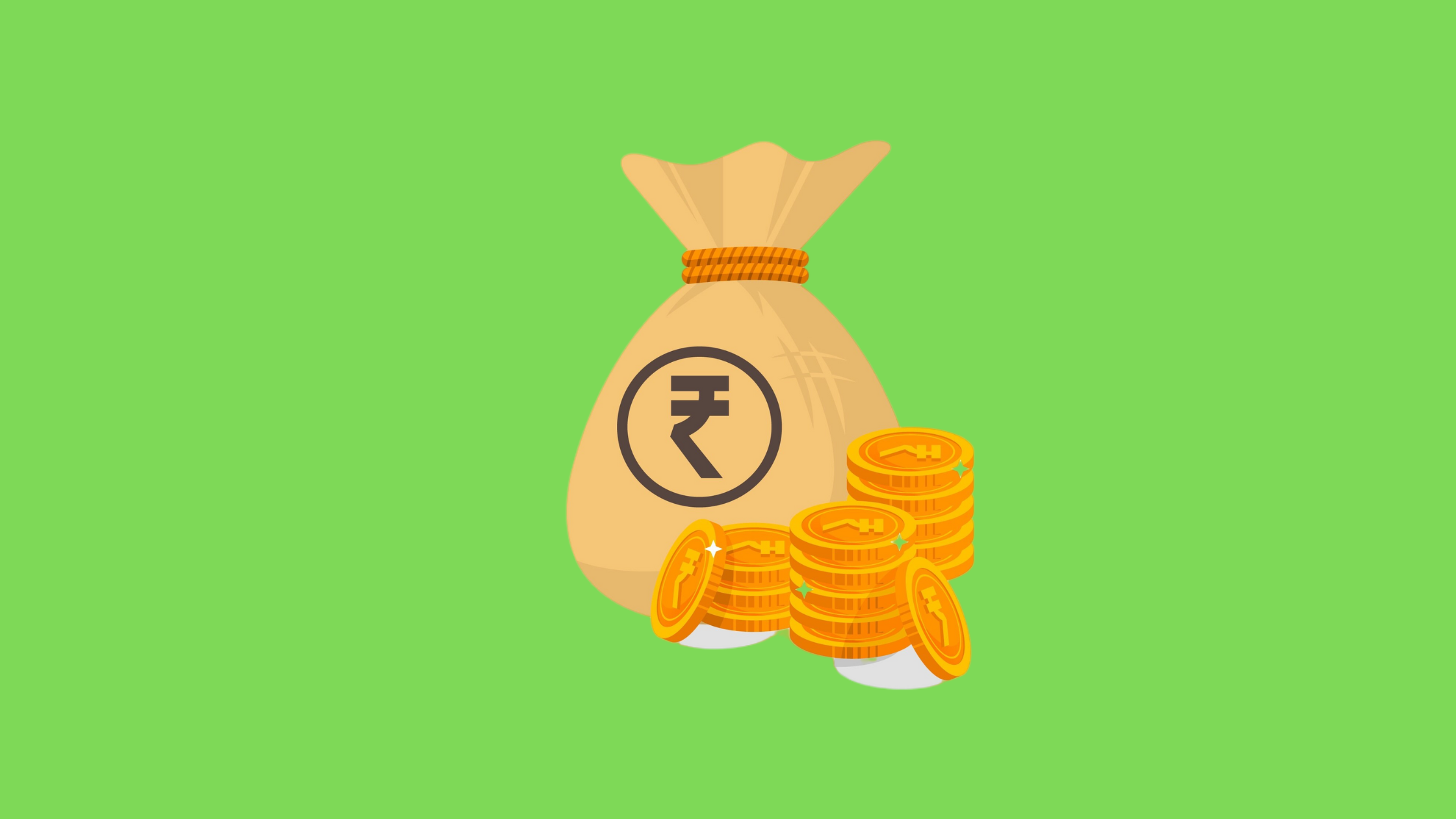Understanding the Different Types of ETFs in India

Exchange-Traded Funds (ETFs) have gained significant popularity among investors in India over the past few years. As versatile investment tools, ETFs offer a diverse range of options for investors to suit their varied financial goals and risk appetites. This blog aims to provide a detailed overview of the different types of ETFs available in India, backed by relevant statistics and examples to help you make informed investment decisions.
1. Equity ETFs
Equity ETFs are the most common type of ETFs and track a specific equity index. In India, popular equity indices include the Nifty 50, BSE Sensex, and Nifty Next 50.
Examples and Performance:
- Example: The Nippon India ETF Nifty BeES tracks the Nifty 50 index. As of June 2023, it manages assets worth over INR 15,000 crore, reflecting its widespread acceptance among investors.
- Performance: Over the past five years, this ETF has delivered an Average Annual Return of approximately 12%, closely mirroring the performance of the Nifty 50 index.
2. Bond ETFs
Bond ETFs invest in a portfolio of bonds. They provide investors with exposure to the bond market without having to purchase individual bonds.
- Example: The Bharat Bond ETF is a notable bond ETF in India. Launched by Edelweiss Asset Management, it invests in public sector bonds.
- Performance: The Bharat Bond ETF has seen significant interest, with assets under management (AUM) crossing INR 35,000 crore in 2023. It offers a yield to maturity (YTM) of around 6.5% per annum.
3. Gold ETFs
Gold ETFs are funds that invest in gold bullion. These ETFs aim to track the price of gold and are a convenient way for investors to gain exposure to gold without the need to physically own the metal.
- Example: The SBI Gold ETF is one of the most popular gold ETFs in India. As of June 2023, it holds assets worth over INR 5,000 crore.
- Performance: Over the past five years, the SBI Gold ETF has delivered an average annual return of around 10%, correlating with the global price of Gold.
4. International ETFs
International ETFs provide Indian investors with exposure to international markets. These ETFs track indices outside India, allowing investors to diversify their portfolios globally.
-
- Example: The Motilal Oswal Nasdaq 100 ETF tracks the Nasdaq 100 index, which comprises the 100 largest non-financial companies listed on the Nasdaq stock market.
- Performance: As of 2023, this ETF has an AUM of approximately INR 8,000 Crore and has delivered an Average Annual Return of around 20% over the past five years.
5. Sectoral/Thematic ETFs
Sectoral/Thematic ETFs focus on specific sectors or themes, such as Technology, Healthcare, or Energy. These ETFs allow investors to target specific areas of the economy they believe will outperform.
- Example: The ICICI Prudential IT ETF tracks the Nifty IT index, which comprises the leading IT companies in India.
- Performance: This ETF has an AUM of about INR 2,000 crore and has provided an average annual return of 15% over the last five years, reflecting the strong performance of the Indian IT sector.
6. Commodity ETFs
Commodity ETFs invest in various commodities other than Gold, such as Silver, Oil, or Agricultural Products. These ETFs allow investors to Diversify their Portfolios with exposure to commodity markets.
Examples and Performance:
- Nippon India ETF Silver BeES: This ETF tracks the price of silver and provides an easy way for investors to gain exposure to the silver market. As of 2023, it has an AUM of around INR 1,000 Crore and has shown returns correlating with the price movements of silver.
- ICICI Prudential Commodity ETF: Offers exposure to a basket of commodities, providing diversification within the commodity space. It has an AUM of about INR 800 crore and has delivered returns in line with the performance of the underlying commodities.
Conclusion
ETFs have revolutionized the way people invest, offering a blend of Diversification, Cost-efficiency, and Flexibility.
In India, the ETF market is rapidly expanding, with a variety of options available to cater to different investment needs and goals. Whether you are looking to invest in the Broad Market, Specific Sectors, or even international indices, there is likely an ETF that fits your strategy.
As of 2023, with Assets Under Management in Indian ETFs surpassing INR 4 trillion, it’s clear that more and more investors are recognizing the Benefits of this Investment Vehicle.
By understanding the different types of ETFs and their respective performances, you can make more informed decisions and potentially enhance your Investment Portfolio.
Invest wisely, stay informed, and consider consulting with a Financial Advisor to tailor your Investment Strategy to your individual needs.
Happy investing!




